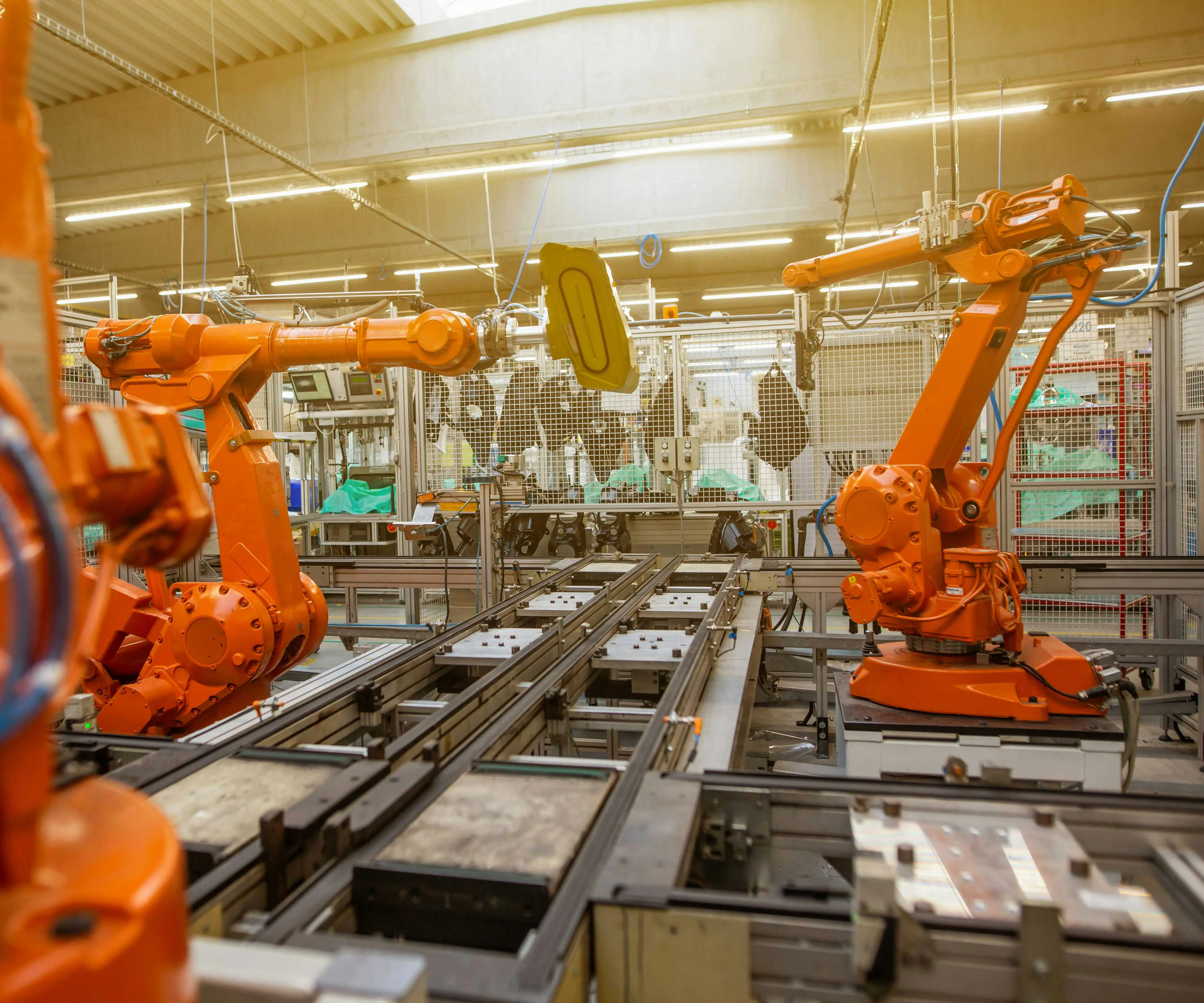Unlocking the Power of AC Servo Motors with Arduino: The Essential Guide for Innovators
In the rapidly evolving universe of robotics and automation, servo motors serve as the heartbeat that drives precision, speed, and efficiency. Among these, AC servo motors have carved out a niche for themselves owing to their high performance, reliability, and superior control capabilities. If you're someone eager to bring smart, automated projects to life, understanding how to control an AC servo motor with an Arduino is an invaluable skill.

Why an AC Servo Motor?
Before diving into the technicalities, it’s worth appreciating what makes AC servo motors stand out. They're designed to convert electrical energy into rotational motion, offering high torque and accuracy. Unlike basic DC motors, AC servo motors can maintain their position with minimal errors, thanks to their built-in feedback mechanisms.
These motors are common in industrial machinery—think CNC machines, robotic arms, and conveyor systems—precisely because they can be meticulously controlled. Whether for a small DIY robot or an intricate automation system, AC servos promise robust performance.
The Challenge of Control
Controlling AC servo motors isn't as straightforward as flipping a switch. They require dynamic voltage and current regulation, and their feedback systems—like encoders—must be managed effectively. Enter Arduino: this humble microcontroller has become the go-to platform for hobbyists and engineers when it comes to prototyping and controlling motors.
But Arduino alone cannot directly handle the high power and real-time feedback required by an AC servo motor. Instead, it serves as the brain, orchestrating signals sent through dedicated motor driver modules. This introduces a layer of complexity, but with proper understanding and components, you're well on your way to mastery.
Getting Started with Hardware
At the core, you'll need:
AC Servo Motor: Choose one that fits your application—small for hobby projects, larger for industrial simulations. Power Supply: Ensures your servo receives adequate voltage and current. Motor Driver or Controller: Specialized modules like the FAC (Field-Oriented Control) Drivers or Servo Amplifiers tailored for AC servos. Encoder Feedback Module: To monitor the motor's position and speed. Arduino Board: Arduino Uno, Mega, or any compatible variant.
Note: Due to safety concerns, working with AC voltage requires caution. Ensure proper insulation, grounding, and safety protocols before proceeding.
Building Your First AC Servo Control System
The journey begins with understanding how the hardware components interact. Your Arduino will generate control signals—typically PWM (Pulse Width Modulation)—which the motor driver interprets to adjust the voltage and current supplied to the AC servo motor. Simultaneously, feedback from encoders is fed back to the Arduino via sensors, allowing real-time adjustments for precise positioning.
Step 1: Drawing the System Diagram
Picture a simple control loop:
Arduino sends control signals based on user input or programmed routines. Motor Driver receives these signals, regulating power sent to the AC servo motor. Encoder provides position and speed data back to Arduino. Arduino processes this data and adjusts signals dynamically, closing the control loop.
Step 2: Wiring Essentials
Connecting the system correctly is crucial:
Connect the motor's power lines to the driver, ensuring voltage and current ratings match. Link the encoder outputs to Arduino digital input pins (or via an encoder interface shield). Connect the control pins from Arduino to the driver—these might be PWM inputs or more sophisticated communication interfaces like EtherCAT or CAN bus, depending on your driver.
Step 3: Reading the Feedback
Using Arduino's interrupt pins, you can capture encoder signals with high precision. Libraries like Encoder or PID can facilitate reading and controlling position and velocity.
Step 4: Implementing Control Algorithms
The heart of your project lies in control algorithms. Start with basic proportional control or PID (Proportional-Integral-Derivative). With the feedback data, the Arduino can adjust its control signals to maintain a target position or speed, compensating for disturbances or load changes.
Why PID? Because it fine-tunes how aggressively your system responds, balancing speed and stability.
This initial setup sets a solid foundation for controlling an AC servo motor with Arduino. As your understanding deepens, you’ll explore more advanced topics like vector control, field-oriented control (FOC), and integrating communication protocols, which bring industrial-grade precision within hobbyist reach.
Stay tuned for We’ll dive into programming the Arduino for dynamic control, troubleshooting common issues, advanced techniques, and real-world applications that showcase the power of AC servo systems in automation and robotics.
Established in 2005, Kpower has been dedicated to a professional compact motion unit manufacturer, headquartered in Dongguan, Guangdong Province, China.




































